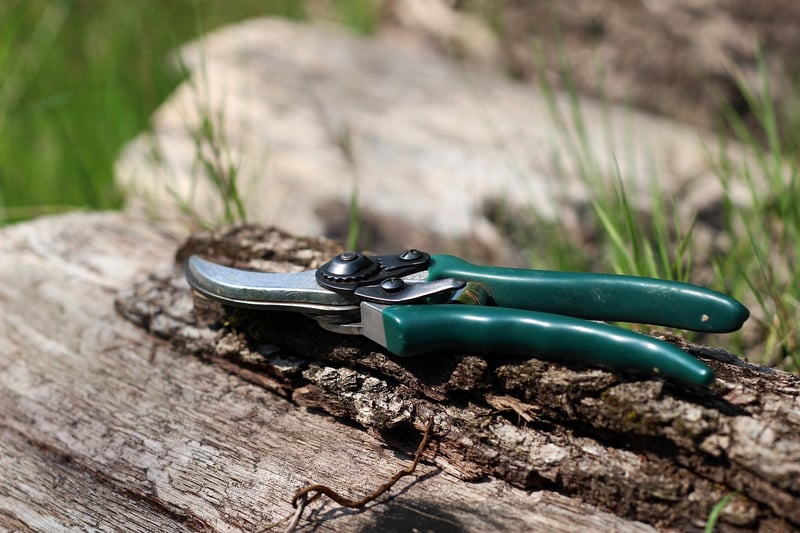Pruning Techniques
Essential Cultivation Advice and Pruning Techniques for Healthy Plants
The Importance of Proper Cultivation
Cultivation plays a vital role in the growth and health of plants. By providing the right conditions and care, you can ensure that your plants thrive and produce abundantly. Here are some essential cultivation tips to help you achieve success in your garden:
1. Choose the Right Location
Ensure your plants receive adequate sunlight, water, and nutrients by selecting a suitable location for them to grow. Different plants have varying requirements, so research and plan accordingly.
2. Soil Preparation
Prepare the soil by loosening it to allow for proper root growth and drainage. Incorporate organic matter like compost to enrich the soil with nutrients essential for plant growth.
3. Watering
Provide consistent watering to your plants, ensuring they are neither waterlogged nor too dry. Adjust watering frequency based on plant type, weather conditions, and soil moisture levels.
4. Fertilization
Feed your plants with appropriate fertilizers to promote healthy growth and development. Choose fertilizers rich in essential nutrients like nitrogen, phosphorus, and potassium.
Pruning Techniques for Healthy Plants
Pruning is an essential practice that helps maintain plant health, shape, and productivity. Proper pruning techniques can encourage new growth, improve air circulation, and prevent disease. Here are some key pruning tips:
1. Tools
Use sharp and clean pruning tools to make precise cuts and minimize damage to the plant. Sterilize your tools before and after each use to prevent the spread of diseases.
2. Timing
Prune your plants at the right time of year to maximize benefits. Generally, prune flowering shrubs after they bloom, fruit trees during dormancy, and dead or damaged branches any time of the year.
3. Techniques
Practice selective pruning by removing dead, diseased, or crossing branches. Maintain the plant's natural shape while encouraging new growth by cutting just above a bud or lateral branch.
4. Training
Train young plants by pruning to develop a strong structure and promote better fruit or flower production. Regular training and pruning can lead to healthier and more productive plants in the long run.
By following these essential cultivation advice and pruning techniques, you can ensure your plants flourish and thrive in your garden, providing you with a beautiful and bountiful landscape.

Image Source: Pixabay
